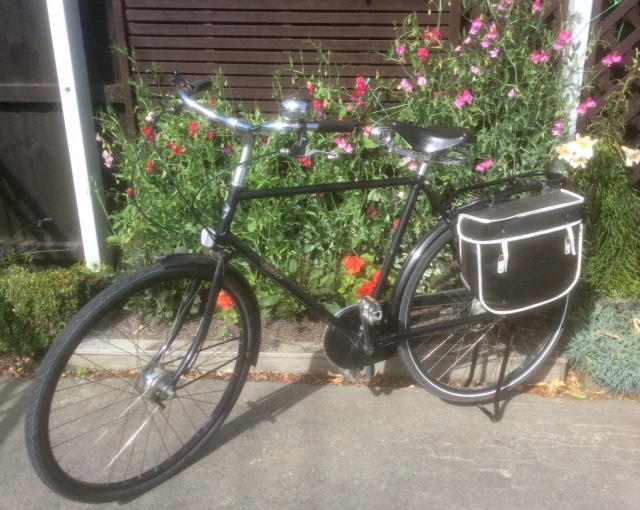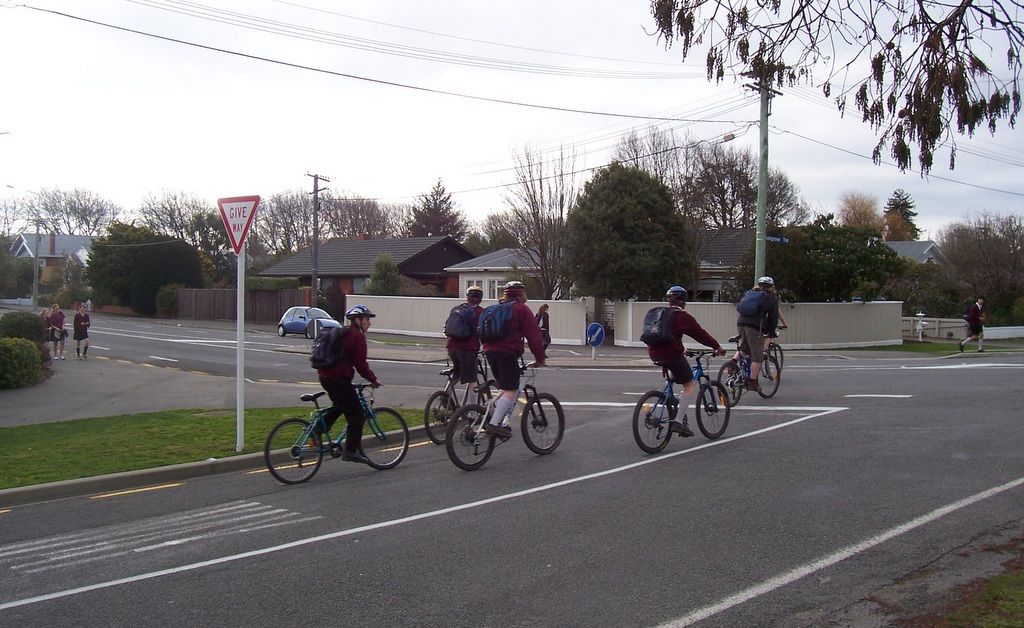We’re all becoming a bit more acutely aware of the cost-of-living crisis, as inflation keeps pushing many prices hard. For many people heavily reliant on their motor vehicles, the recent fuel prices haven’t helped – the impending prospect of the temporary Govt fuel tax discount being uplifted will have had some wondering how they would cope (although sadly it looks like the Govt have decided now to leave that for another day…). Facing that challenge, suddenly a bicycle (or two) seems like an attractive financial measure… Guest blogger Robert looked at his wallet (and a few other measures) with that in mind when he first blogged about this back in Jan 2016:
It was good to see the recent post from Lennyboy sharing the reports of an increase in numbers of cycles using the shared Hagley Park cycle-way. And, by comparing usage of the new Matai Street/Deans Ave crossing with previous numbers riding from Hagley Park onto Kilmarnock Street, the numbers are very encouraging. Will there will be someone somewhere busy doing sums to calculate just how much per rider these facilities are costing? How wise is it to question the value of the spend on cycling when this money could be spent on fixing the roads and reducing traffic congestion with immediate effect? Not looking at the bigger picture is the way of the unconverted, but how do you explain the many benefits that cannot be easily measured to those far removed from a culture of cycling.

My philosophy of getting around by bike for just about every journey imaginable has moved on from the fanatical phase to ‘it happens without thought or question – end of story‘. It is time therefore to share a few non-statistical stats and some benefits.
Since 2010, the distance our car has travelled each year has reduced from nearly 9000km to under half of that (fluctuations dependent on which part of the country we holiday in), a yearly reduction of between 1000 and 2000km. The car has been relegated to wet weather, out of town, and trailer towing use only.
For the past three years, the cost of running our car (insurance, registration, petrol and repairs) per year has been $1762, $1911, and $1257 respectively, variances mostly due to the timing of servicing and extras such as purchase of tyres. For the past three years our household (two persons) has spent a total of $2019 to maintain five bikes and purchase accessories such as a car rack, lights, pump, helmets, some clothing and locks. All items have been purchased full retail at a bike shop, in return for a reasonable deal for servicing and advice. This is important to us but, by shopping online or buying second-hand, this spend could have been much less.
Average cost per year = Car: $1643 and Five Bikes: $673

That is a modest saving of $1000 p.a. but is not to be sneezed at. The story looks even better when you consider we were once a two-car household (why? To be honest, I really do not know). To consider depreciation costs on a similar second car (10 year old, purchase price at 2 years old = $18,000) a conservative amount would be around $1500 per year. We have five bikes, total purchase price = $5800. If they last for 10 years (which is likely) the yearly cost would be $580 or less. Saving another $1000 per year. These savings would go quite a way to assisting a family or anyone struggling with finances.
What is important to note however is that, contrary to the opinion of some, riding a bike saves money but it is not free. If transport is important, then having a reliable well-maintained bike is also important. Skimping on cost is a false economy. The optional accessories make it more enjoyable, so are important to maintain the momentum until the habit is entrenched into one’s lifestyle.
The benefits that are difficult to measure (unless you happen to be into the field of health and general fitness, happiness and social connectivity research) are simply feeling better, physically and mentally. The enjoyment of social contact, whether it be a smile or hello shared when passing another biker, or a discussion about ‘quaxing’ in the supermarket bike stand. It may be the simple satisfaction of finding a new route somewhere that is attractive, faster, or has less interaction with vehicles. The improvements in infrastructure are a cause for celebration and the positive conversations had with so many people (local or visitor) about Christchurch becoming a better city for cycles now seem commonplace rather than being unusual.
So it will be good to have some more locally generated statistics about cycling numbers in Christchurch as the cycle-way project rolls out in the next 3 to 4 years. {Editor note: And now we do!} It will be equally as good to subjectively observe qualitative improvements that make a city great to live in and move about in. They are happening now, and the momentum is growing.
How much do you think you save by biking regularly?

